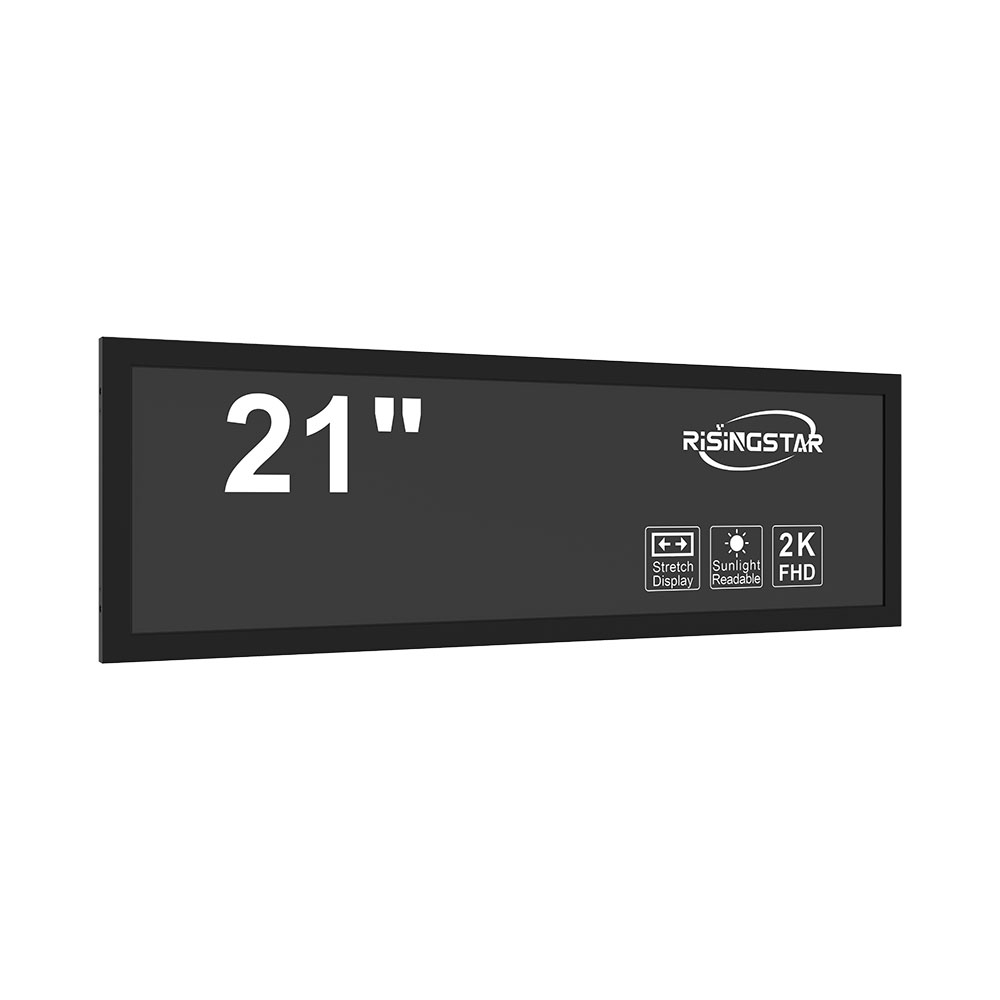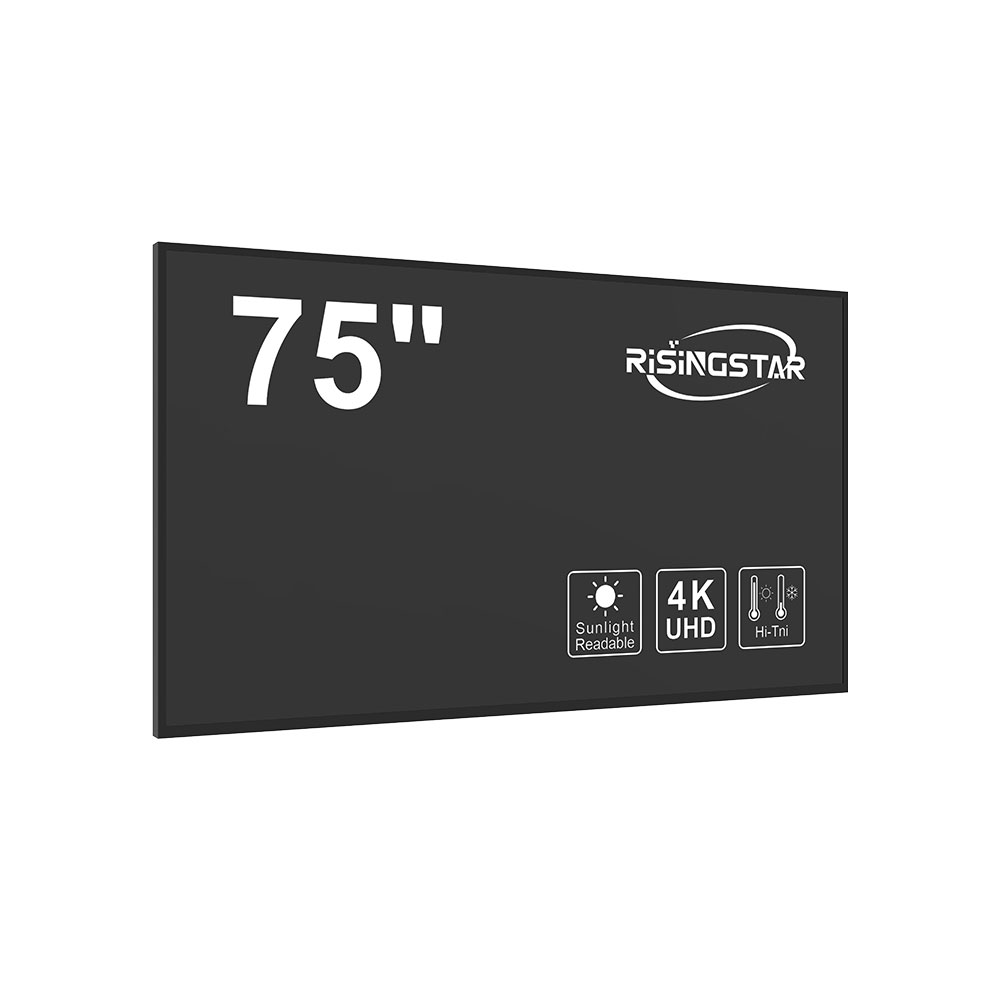When designing electronic systems for outdoor use—whether in military, industrial, transportation, or agricultural applications—the choice of a high-brightness sunlight-readable LCD display is critical. These displays must function reliably under extreme lighting conditions, including direct sunlight exceeding 100,000 lux, varying temperatures from -40°C to +70°C, and exposure to dust, moisture, and mechanical stress. A failure in visibility or functionality can lead to operational errors, safety hazards, or system downtime.
The core challenge in creating a sunlight-readable LCD lies in overcoming ambient light interference. Unlike indoor displays that operate in controlled environments, outdoor LCDs must maintain contrast, color accuracy, and readability when exposed to bright sunlight. This requires advanced backlighting technologies, such as LED arrays with adaptive brightness control (e.g., 5,000 to 10,000 nits), anti-reflection coatings (ARC), and polarized glass layers that reduce glare without sacrificing viewability. According to IEEE Transactions on Consumer Electronics (2023), displays with integrated ambient light sensors and dynamic dimming algorithms improve both energy efficiency and user experience by adjusting brightness in real time based on environmental conditions.

Another crucial factor is the display’s internal structure. Transflective liquid crystal technology combines the benefits of transmissive (for low-light conditions) and reflective (for sunlight) modes. For example, the Sharp LQ104V1LW11 panel uses a transflective design that boosts brightness up to 5,000 cd/m² while maintaining good performance in both indoor and outdoor scenarios. In contrast, fully reflective displays like those used in e-readers offer excellent solar visibility but lack sufficient brightness for night-time use—a trade-off often unacceptable in mission-critical applications.
Manufacturers must also adhere to industry standards such as MIL-STD-810G for environmental durability and IEC 60068 for temperature and humidity resistance. Displays intended for aerospace or defense sectors may require additional certifications like DO-160 for avionics compatibility. Case studies from the U.S. Army’s Field Operational Test (FOT) in 2022 showed that devices equipped with 7,000-nit high-brightness LCDs maintained over 95% readability under full sun, significantly outperforming standard 1,000-nit displays which became unusable above 5,000 lux.
In addition to brightness and durability, human factors matter. Ergonomic considerations such as wide viewing angles (≥120° horizontal, ≥100° vertical), touch responsiveness (capacitive vs. resistive), and low power consumption (typically<5W for 7” panels) are essential for usability in mobile or handheld devices. For instance, the Panasonic VIERA Pro series integrates an ultra-low-power driver IC that reduces heat generation and extends battery life—an advantage in remote field operations.

Ultimately, selecting the right sunlight-readable LCD involves balancing technical specifications, environmental resilience, and cost-effectiveness. Engineers should prioritize vendors who provide detailed test reports (e.g., luminance uniformity, thermal cycling data) and support custom integration via open APIs or SDKs. By leveraging proven designs, rigorous testing, and adherence to global standards, organizations can ensure long-term reliability and operational safety in any outdoor setting.

2025-07-31